Rose and Chess: Le Roman de la Rose and Le Jeu des échecs moralisé
Por um escritor misterioso
Last updated 06 novembro 2024
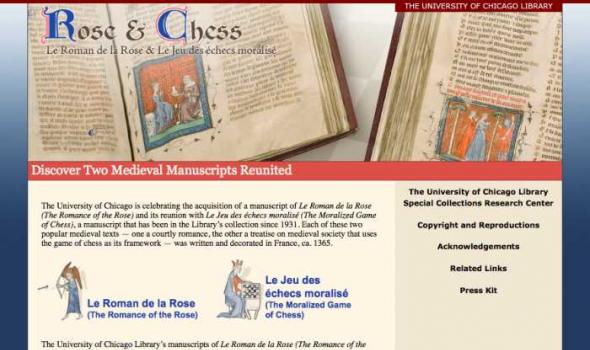
A Tale of Two Manuscripts Reunited The Making of the Manuscripts The University of Chicago’s manuscripts of Le Roman de la Rose and Le Jeu des échecs moralisé were produced ca. 1365, about 100 years before the invention of printing. By the 14th century, there was a well-developed book trade outside of monastic scriptoria, supplying Bibles, Books of Hours, or prayer books for private devotion, and other liturgical books; legal, medical, philosophical, and other texts for students; and manuscripts of secular works. Professional trades had developed for each specialized component of manuscript production, including making ink and pigments; preparing parchment from animal skin; and writing and decorating the text by scribes, illuminators, rubricators, gilders; and binders. During the reign of Charles V of France (1364-1380), manuscript production flourished at the court. The King; his brothers, Philip, Duke of Burgundy, and John, Duke of Berry; and other members of the nobility commissioned translations into French and the creation of original works in French. Members of the court patronized workshops of scribes and artists in which manuscripts of religious and secular texts were written and illuminated. One of these artists, known as the “Master of Saint Voult,” created the illuminations of The University of Chicago’s manuscripts of Le Roman de la Rose and Le Jeu des échecs moralisé . The physical and artistic similarities between the two manuscripts are stunning: they are the same size; each has 39 lines of text in two columns; the faces and poses of the figures, the colors, patterns and design of the border and background decorations are nearly interchangeable. The Long and Winding Road to Chicago Provenance – or ownership history – is a crucial part of authenticating and studying an object. In the case of books and manuscripts, provenance is reconstructed from inscriptions and marginalia in the volume, together with external documentation such as estate inventories and auction and bookseller records. The earliest indications of common ownership of Le Roman de la Rose and Le Jeu des échecs moralisé come from comments and names written in the manuscripts themselves. Appearing in various forms are the names of early 16th-century owners: Petro Gendron, Bertran Garnier and J. Gendron. The first external evidence for the fact that they were bound together appears in the catalogue of the sale of the library of Thomas Crofts, M.A., Chancellor of the Diocese of Peterborough, April-May 1782. The manuscripts are described as lot 8299. Nearly two hundred years later, the manuscripts were purchased by Sir Sydney Cockerell, who wrote the following note in the Roman de la Rose: "I bought this book at Sotheby’s. The name of the owner did not appear but Dr. Warner tells me that he was a Captain Douglas, and that he brought the book to show him at the British Museum. It was rebound for me by Miss Adams of Broadway in red pigskin. It had no cover when I bought it, March 16, 1907, lot 382." Katharine Adams, a well-known bookbinder, gave the manuscripts identical treatment and signed each binding. Cockerell sold his manuscripts over a lengthy period of time. When he sold Le Jeu des échecs moralisé , it was purchased for The University of Chicago with funds provided by Shirley Farr, an early donor to the University who was instrumental in building the Library’s manuscript collection. Le Roman de la Rose stayed in Cockerell’s collection until February 18, 1957, when it was sold to the bookseller Pierre Berès. The following year it was sold by Pierre Berès to Gérard de Berny. De Berny, a private collector, sold his library in 1958, but the catalogue of the sale does not list this manuscript. In 2000 it was purchased by Les Enluminures LTD from a private collector. Sandra Hindman of Les Enluminures, which has offices in Paris and Chicago, knew that The University of Chicago held Le Jeu des échecs moralisé , and thus the manuscript made the final leg of its journey to Chicago.

Roman de la Rose - Medieval Vernacular Literature - Research
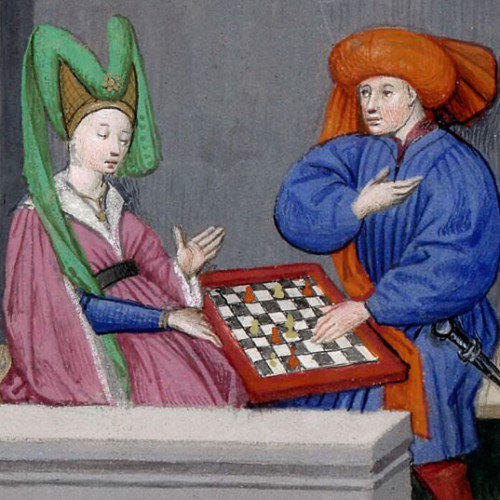
Les échecs dans l'Occident médiéval
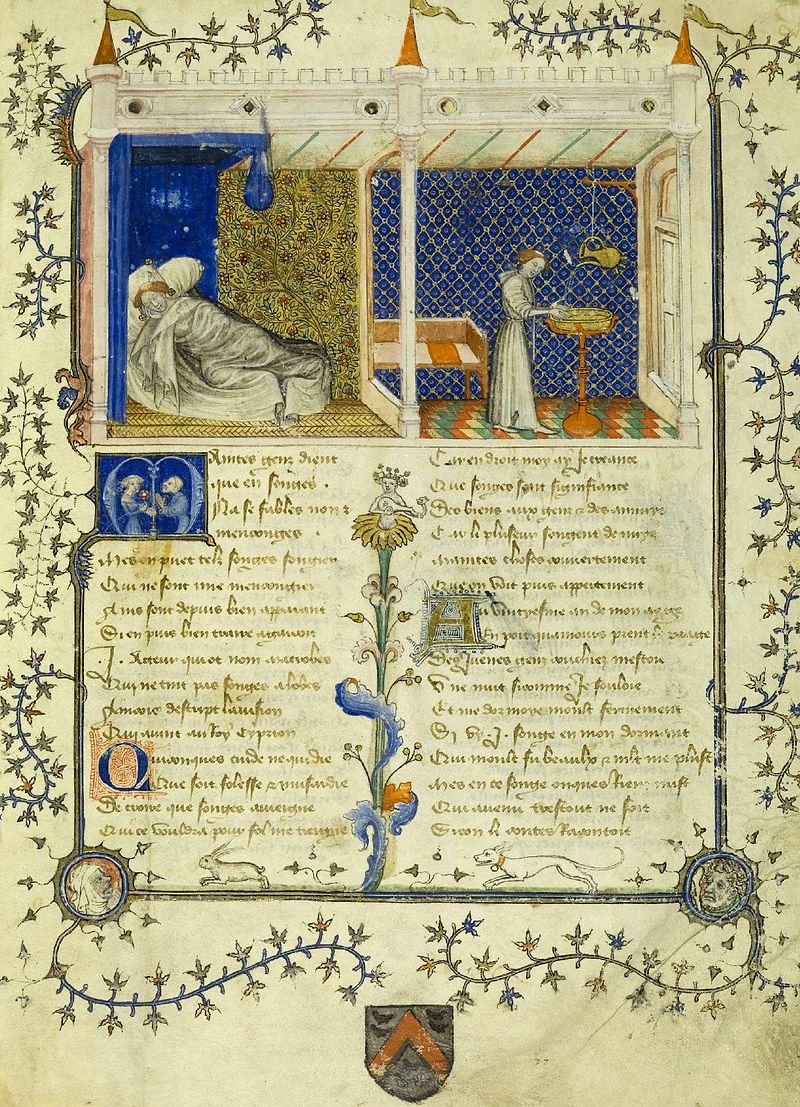
Roman de la Rose - Wikipedia
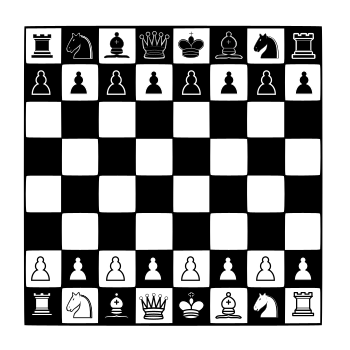
Délices royales, ou le Jeu des échecs/Texte entier - Wikisource

chess – Manuscript Art
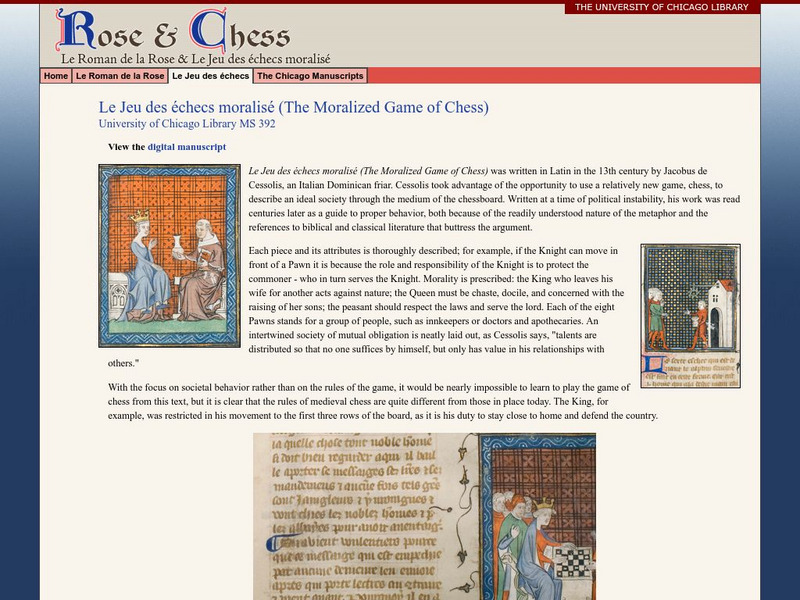
University of Chicago Library: The Moralized Game of Chess Primary

Rose and Chess: Roman de la Rose and le Jeu des échecs moralisé

GRAND jeu déchecs 1377 x 1377 jeu déchecs en marbre en rose et
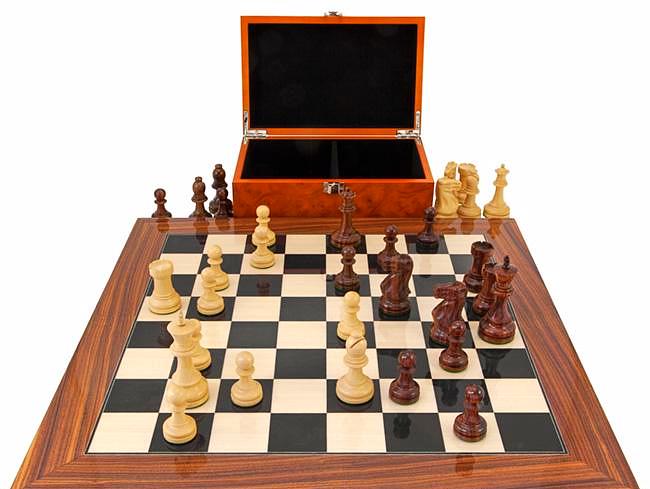
Jeu d'Echecs et Echiquier en Bois de Rose
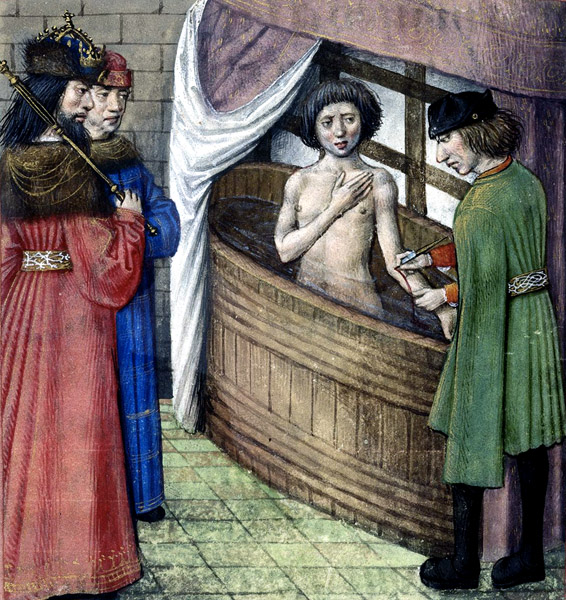
Meung, Jean de (c. 1240–c. 1305) - The Romance of the Rose, The
Les meilleures offres pour Jeu D'échecs en Marbre Rose et noir Anthracite - 35.7cm x 35.7cm - Complet sont sur ✓ Comparez les prix et les

Jeu D'échecs en Marbre Rose et noir Anthracite - 35.7cm x 35.7cm - Complet
Recomendado para você
-
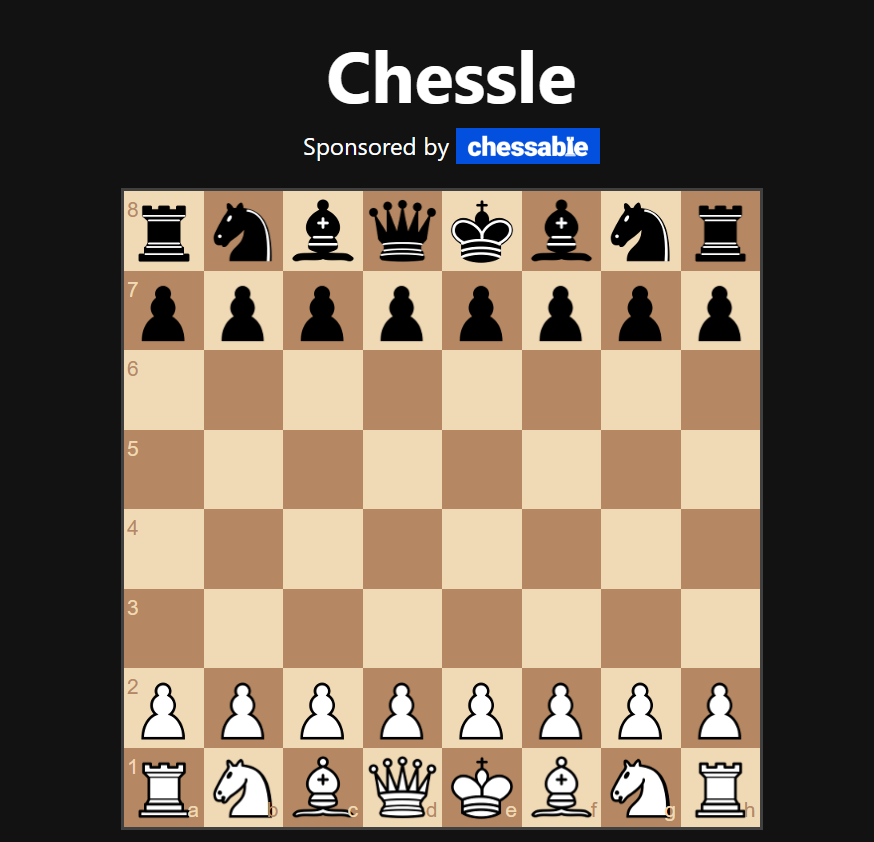 Chessle06 novembro 2024
Chessle06 novembro 2024 -
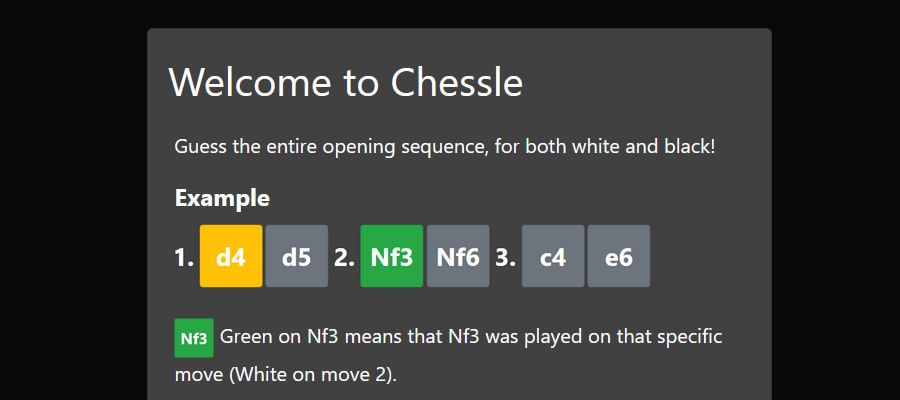 chessle Archives06 novembro 2024
chessle Archives06 novembro 2024 -
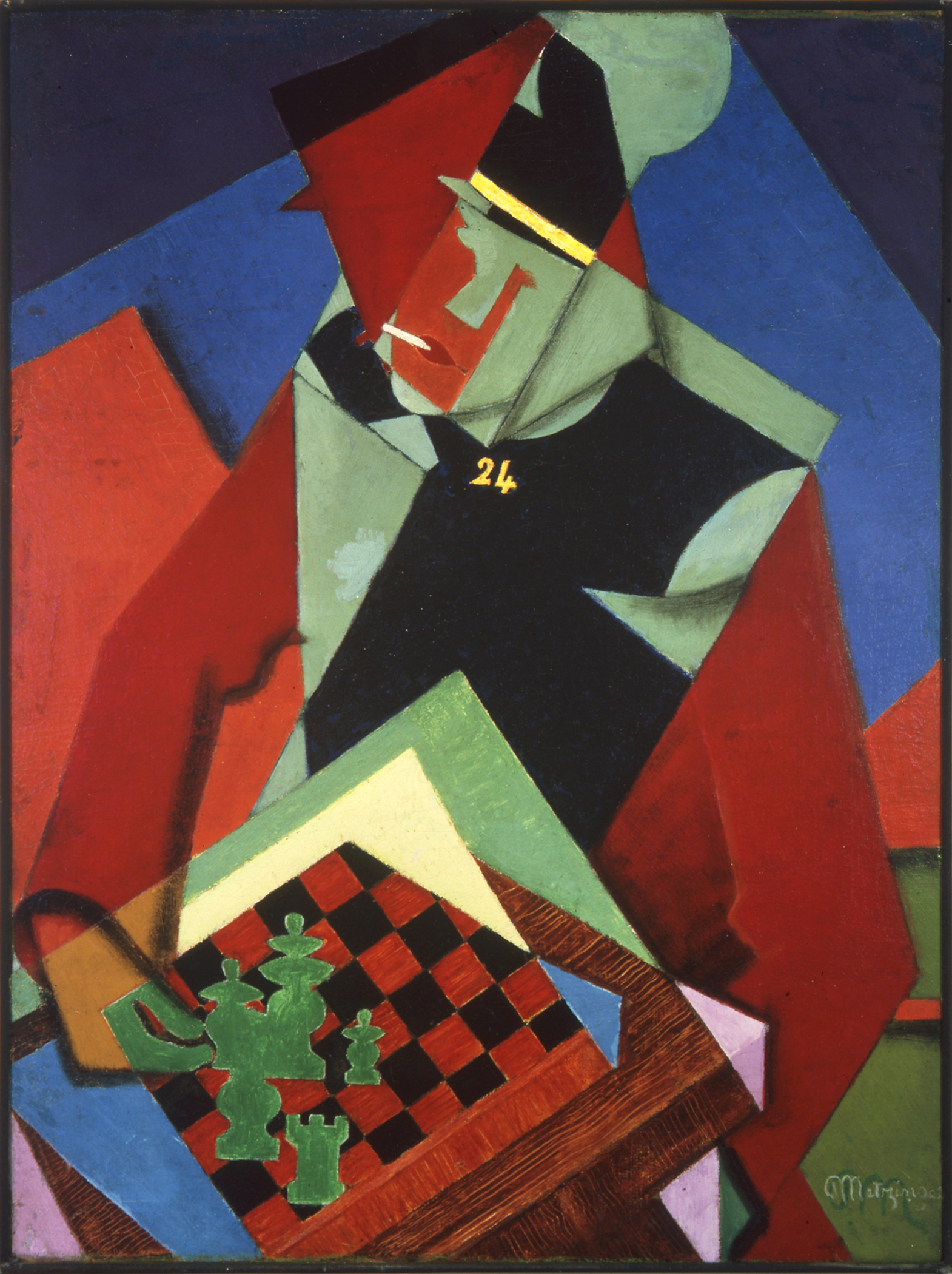 Soldier at a Game of Chess - Wikipedia06 novembro 2024
Soldier at a Game of Chess - Wikipedia06 novembro 2024 -
 A Wordle Maths Clone Is Rapidly Becoming My Daily Favourite06 novembro 2024
A Wordle Maths Clone Is Rapidly Becoming My Daily Favourite06 novembro 2024 -
Replying to @legacyviolence Tbh my favorite one so far #chess #chessto06 novembro 2024
-
Taha Y. Gencer (@turkskeptic) / X06 novembro 2024
-
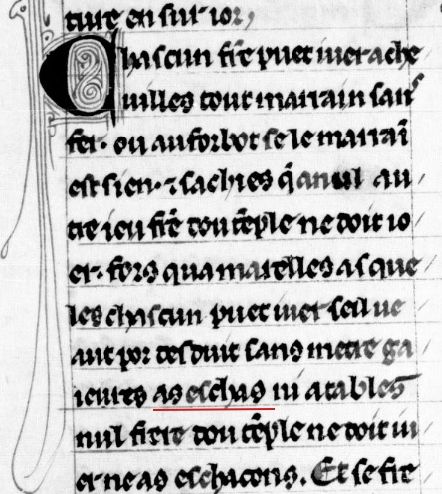 The Queen's playing chess with the devil06 novembro 2024
The Queen's playing chess with the devil06 novembro 2024 -
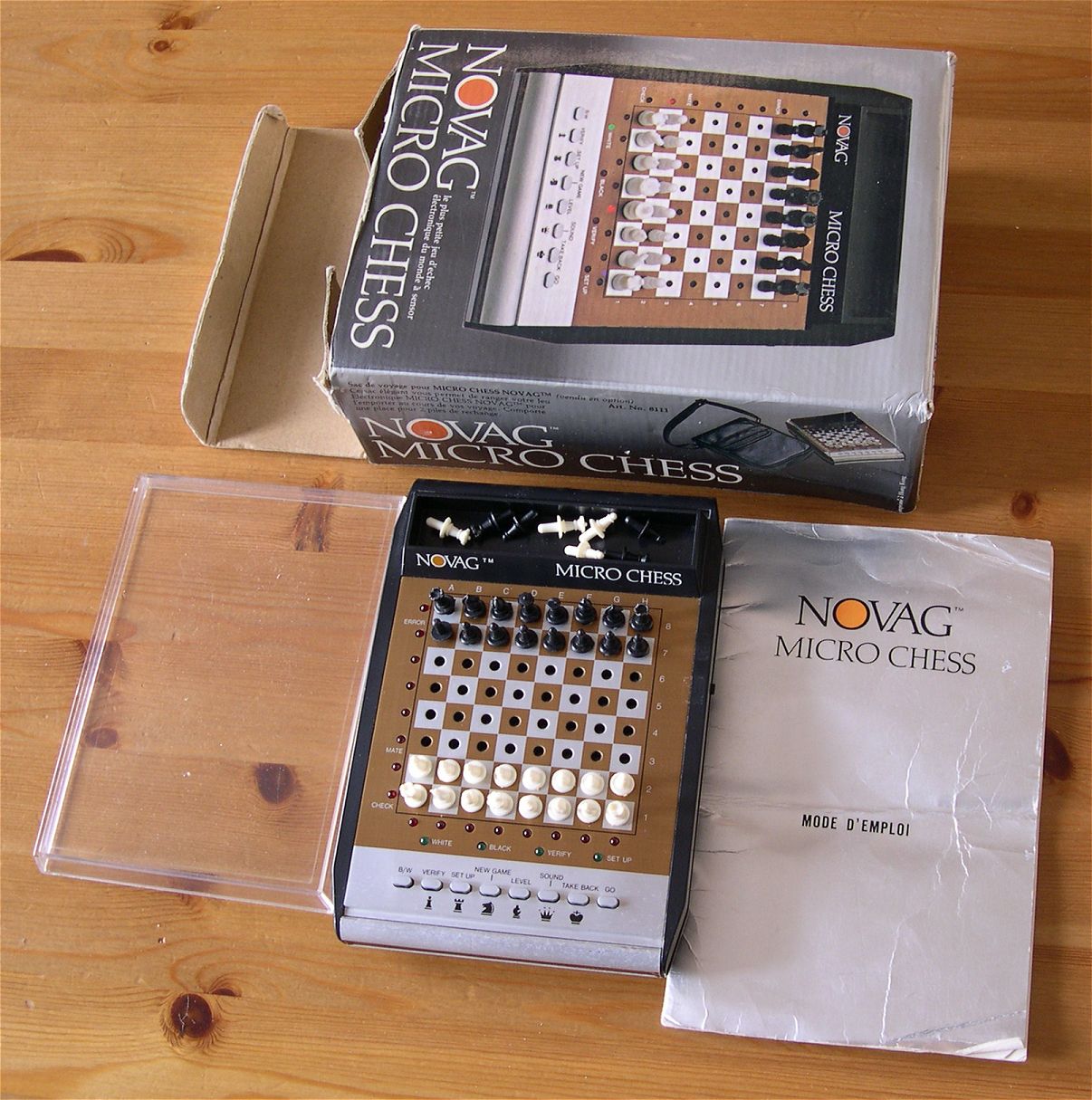 My Chess Computers06 novembro 2024
My Chess Computers06 novembro 2024 -
 Princeton undergraduate academic prizes awarded to 7 students06 novembro 2024
Princeton undergraduate academic prizes awarded to 7 students06 novembro 2024 -
 Chess - Wikipedia06 novembro 2024
Chess - Wikipedia06 novembro 2024
você pode gostar
-
 How to Download Steam on Windows 10?06 novembro 2024
How to Download Steam on Windows 10?06 novembro 2024 -
 I was grinding dragon ball's for xenoverse 2 on xbox and I saw06 novembro 2024
I was grinding dragon ball's for xenoverse 2 on xbox and I saw06 novembro 2024 -
 All RH2 The Journey codes & how to redeem RHC06 novembro 2024
All RH2 The Journey codes & how to redeem RHC06 novembro 2024 -
 Adesivo de Parede 28x27cm - Cavalo Desenho Cartoon Horse Des06 novembro 2024
Adesivo de Parede 28x27cm - Cavalo Desenho Cartoon Horse Des06 novembro 2024 -
 Brinquedo ideal para 6 anos: Com o melhor preço06 novembro 2024
Brinquedo ideal para 6 anos: Com o melhor preço06 novembro 2024 -
 THE DEAD ROBLOX PLAYERS!!(Rip)06 novembro 2024
THE DEAD ROBLOX PLAYERS!!(Rip)06 novembro 2024 -
Japanese Emperor Naruhito takes part in sacred goddess ritual to06 novembro 2024
-
 Mommy Long Legs by RB-GS, Mommy Long Legs06 novembro 2024
Mommy Long Legs by RB-GS, Mommy Long Legs06 novembro 2024 -
 Stream We Could Go (prod. chrino x turro) by TRIST06 novembro 2024
Stream We Could Go (prod. chrino x turro) by TRIST06 novembro 2024 -
 Rainbow Friends Plush, Colorful Plush Toy, Blue Plush Toy, Rainbow06 novembro 2024
Rainbow Friends Plush, Colorful Plush Toy, Blue Plush Toy, Rainbow06 novembro 2024

